We started our annual trip to the Lake Tahoe area a bit earlier in 2025 to better align with wildflower blooming – it continues to get earlier. The weather this year was strange. Started warm then temperatures dropped, had snow flurries, had rain (normally 300 days of sunshine each year) had more clouds, and had more wind. It all worked out, but the blooming season was compressed. As a result, it was hard to be everywhere at once to enjoy the peak of blooming. We still had a great time. I hiked 95 miles while there, a bit more than Karin.
There is this spot along the Mt Rose Highway from Reno to Incline Village that in early spring, there is this explosion of yellow from the Arrow-Leafed Balsamroot (Balsamorhiza sagittate) that we stop to enjoy. (Of course, the flower is all over the area) The flower is a member of the aster family. Some native Americans made chewing gum and a topical antiseptic out of the resin and the thick roots were a prized food.
One of our early hikes was to Page Meadows – the Tahoe Rim Trail (TRT) passes through this meadow. In the photo a Pale Swallowtrail butterfly (Palilia eurymedan) is feasting on a Sierra Penstemon (Penstemon heterodoxus).
Karin and I were prepared for the less friendly aspects of Page Meadow early in the season: mosquitoes. During the wet season when the meadow is full of flowers, there are mosquitoes. The nets over our hats keep the pests out of our faces. Behind us you can see Twin Peaks mountain.
These Western Wallflowers (Erysimum capitatum ssp. perenne) bloom early in the season. We found this group along the TRT east of Watson Lake.
Along the TRT east of Watson Lake we found Snow Plants (Sarcodes sanguinea). This one was just breaking up through the ground. Snow Plants lack chlorophyll so they cannot generate sugars using sunlight. Instead, they are parasites on soil fungi. The host green plant and the soil fungi benefit from their mycorrhizal (fungus-root) relationship; however, the Snow Plants are freeloaders obtaining sugars without providing any benefit (other than they are pretty).
Karin is on the TRT east of Watson Lake in a clearing, enjoying the mass of Mountain Mule Ears (Wyethia mollis). The species name is Latin for “soft-hairy” – the leaves have soft hair. Some Native Americans used the roots medicinally. This plant can be found all over the place.
Lake Tahoe on the horizon with Karin hiking up to Picnic Rock on another section of the TRT. The yellow flowers are Sulfur Buckwheat.
View of Secret Cove on the east shore of Lake Tahoe with several people on paddle boards. There are a series of trails along the east shore. We hiked about 5 miles and enjoyed several beaches. The clear water of Lake Tahoe allows you to see the submerged boulders and the sandy bottom.
This un-named beach was a bit south of Whale Beach on the east shore of Lake Tahoe.
Above is one of the five alpine lakes on the Five Lakes Trail in the Granite Chief Wilderness area south of Palisades Ski area. We visited all five lakes.
Along the shore of one of the Five Lakes, we found this blooming Western Labrador Tea (Rhododendron columbianum).
Along the TRT from Mt Rose going south to Rose Meadow, we found this collection of wildflowers near a very small creek: Narrow-Flowered Lupine (Lupinus angustiflorus), Sulfur Buckwheat (Eriogonum umbellatum), Scarlet Gilia or Skyrocket (Ipomopsis aggregate ssp aggregate).
Karin was at our lunch spot overlooking Lake Tahoe. This spot is a vista off the TRT near Rose Meadow and provided a great vista of the lake.
My first of 2 solo hikes was to the summit of Mt Rose, the 2nd highest mountain in the Tahoe Basin at 10,785 ft above sea level. Starting at the TRT Mt Rose trailhead, it is a 10 mile round trip with about 2,400ft elevation rise, most of all the rise is in the last 2.5 miles. This was my 4th time over the last 13 years to climb Mt Rose. The highest peak in Tahoe basin is Mt Freel at 10,891ft (106ft higher) but it is more difficult to access.
The views from the Mt Rose summit were spectacular especially with clouds which are rare.
Coming down from Mt Rose, I could see rain clouds in the Eagle valley outside the Tahoe basin (where Carson City is located).
We hiked to a favorite area for views of Desolation Wilderness and wildflowers on the combined TRT and Pacific Crest trail (PCT) just north of Barker Pass.
Lupine at Baker Pass (there are dozens of species of lupine in the Sierra Nevada, and they hybridize so sometimes very hard to identify – I think this one is Grape Lupine but not sure. We even saw a yellow-colored lupine on this trip and have no idea the species…)
Karin on the PCT south of Carson Pass surrounded by Western Blue Flag (Iris missouriensis) and Round Top Mountain in the background.
Paddle boarders in Emerald Cove on the south shore of Lake Tahoe.
Another view of Emerald Cove on Lake Tahoe.
My second solo hike on this trip was to Christopher’s Loop, a vista that is off the TRT that provides the best view of Lake Tahoe, second to none. I had reached this point twice before about 10 years ago while segment hiking the TRT to complete the entire 165-mile loop. This time I took the shorter, but steeper path from the lake level up to the overlook (15 miles roundtrip and 2,600ft elevation rise – a tough hike for me these days). This photo is from the vista where I had lunch. The beach on the lower right side of the photo is the Nevada Sand Harbor State Park. The shoreline across the lake on the right is Tahoe City on the California side (about 12 miles away) and the mountains on the left side are in Desolation Wilderness about 20 miles away. It was a bit hazier than I would have liked but still a great view.
Found this mass of Slender Penstemon (Penstemon gracilentis) along the trail to Christopher’s Loop – like a purple haze.
Our last 2025 hike in Tahoe was the TRT out to Galena Falls and a loop into the upper meadow. We timed it well to see the mass of Many-Leaved Lupines (Lupinus polyphyllus) and other flowers at the falls and meadows. These tall lupines can be up to Karin’s shoulders.
These Many-Leaved Lupines (Lupinus polyphyllus) were glowing with the back lighting of sunlight.
More Many-Leaved Lupines……
On the return from Galena Falls we were greeted with this large display of Sulfur Buckwheat (Eriogonum umbellatum) saying goodbye to our 2025 visit to Lake Tahoe.
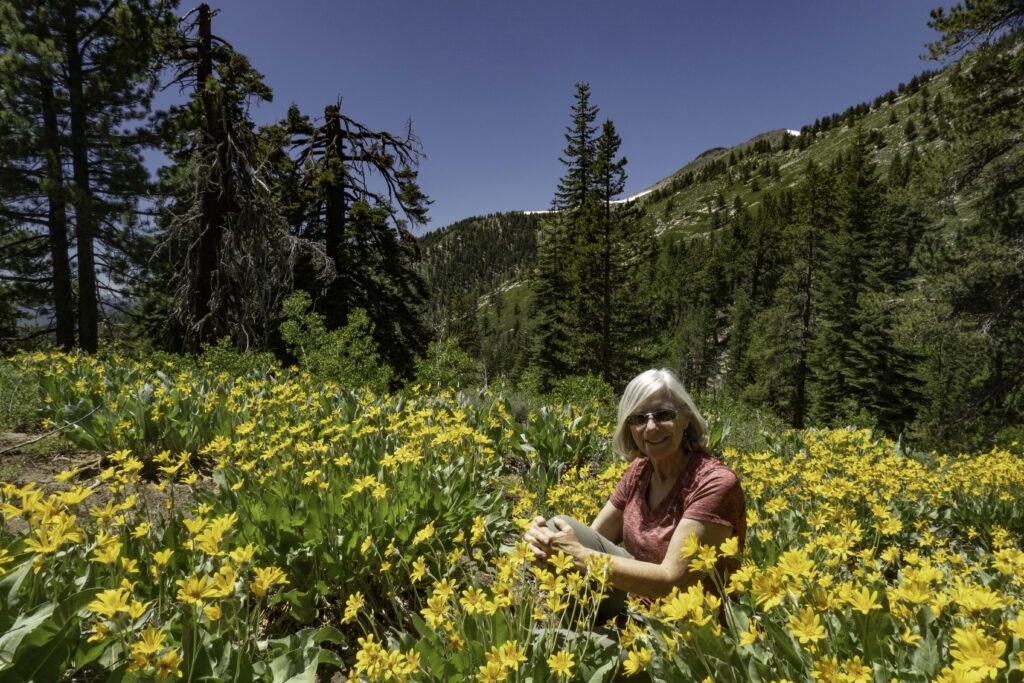
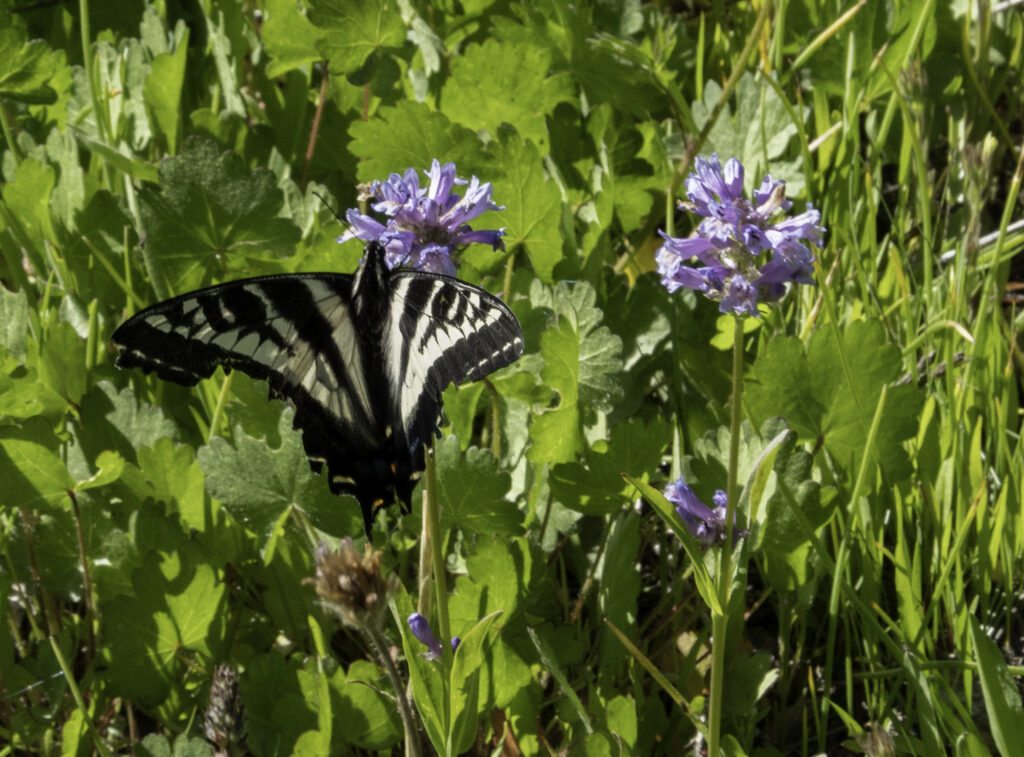



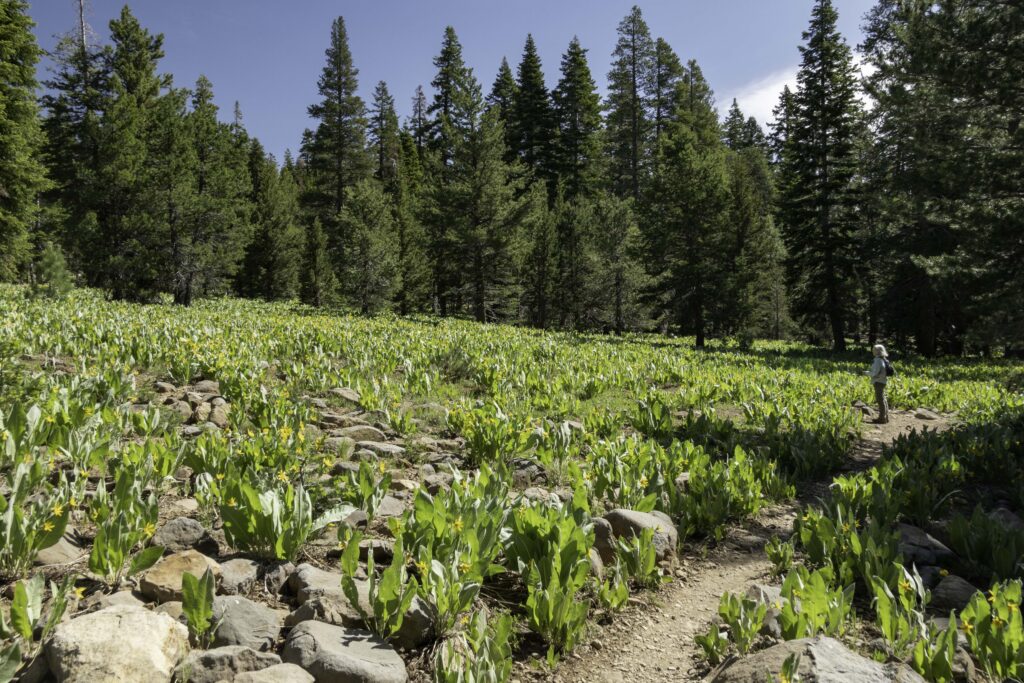
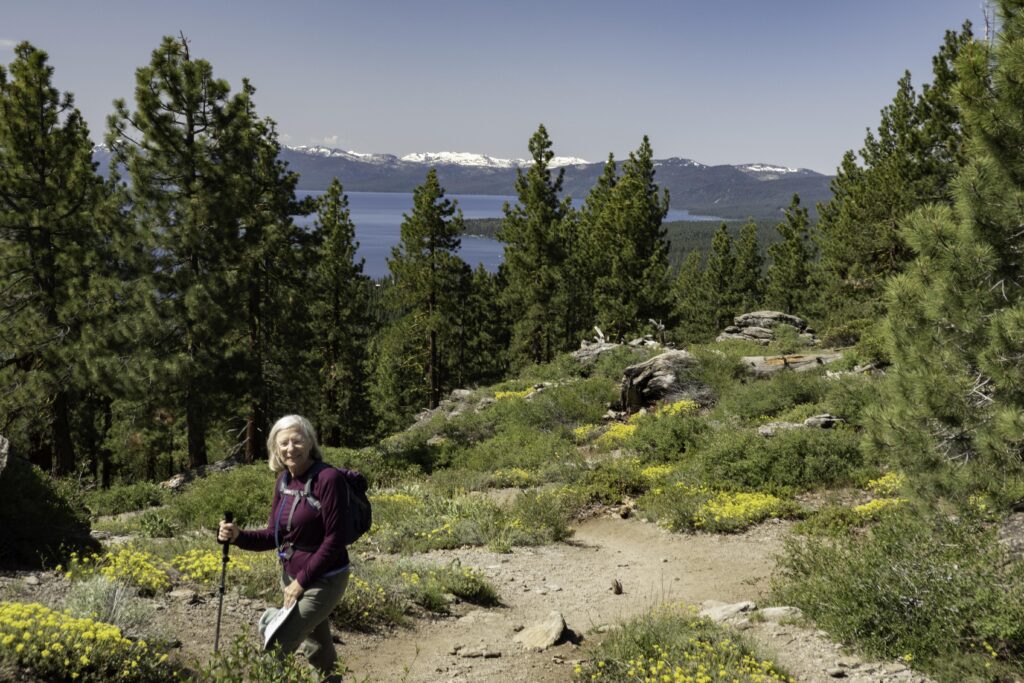
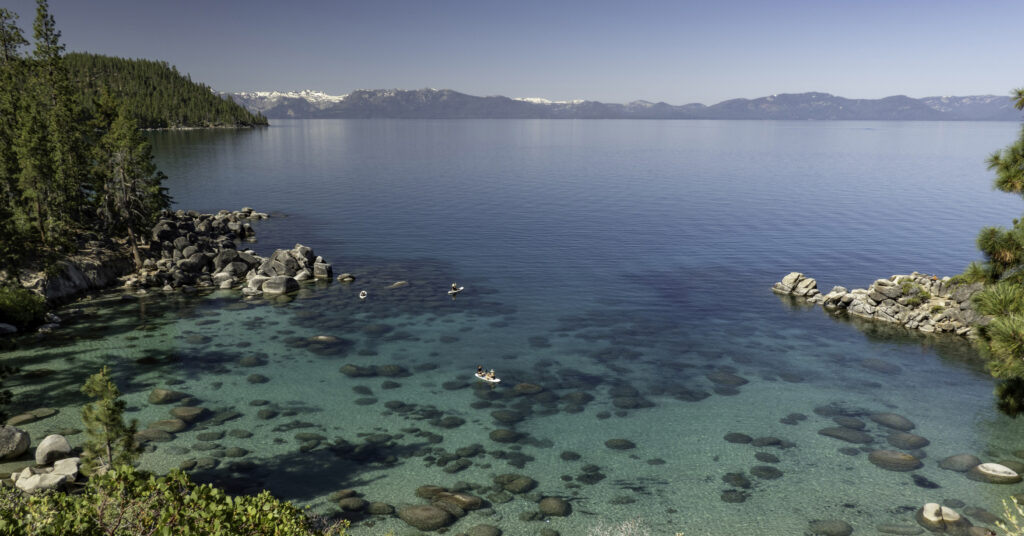
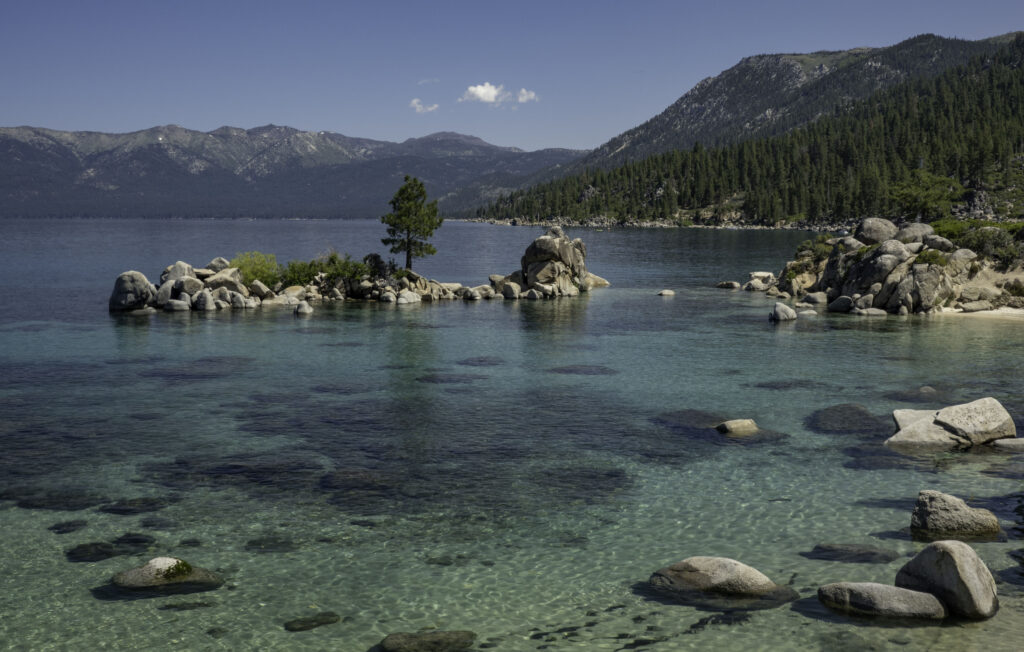
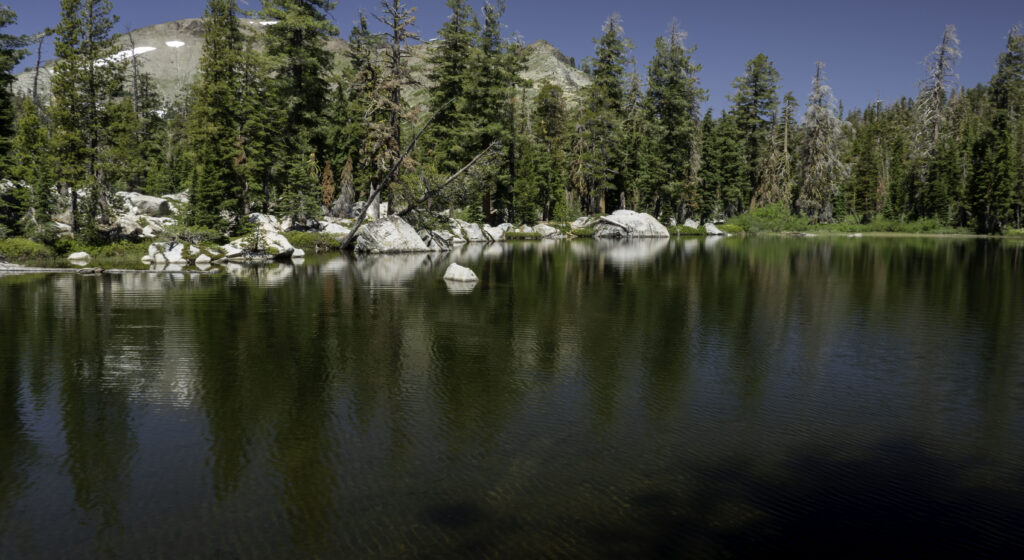
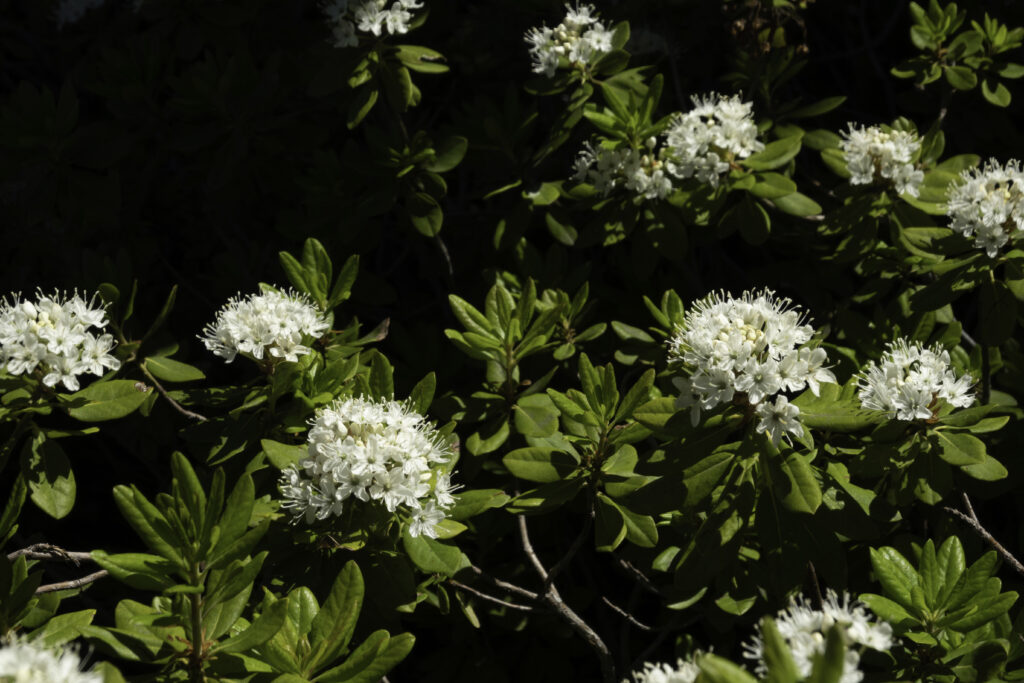
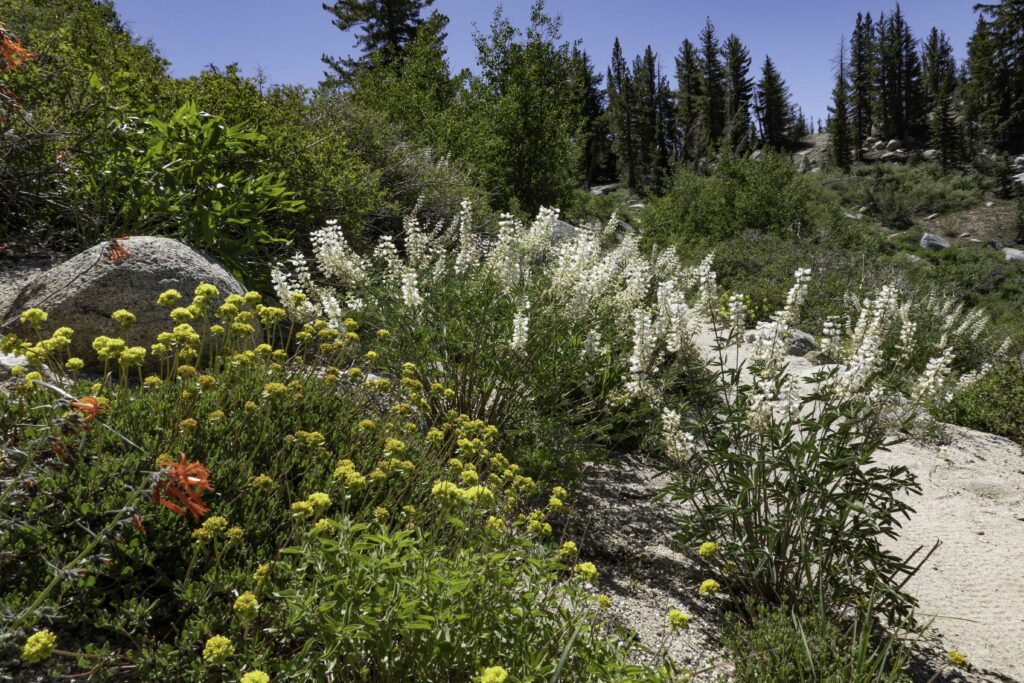
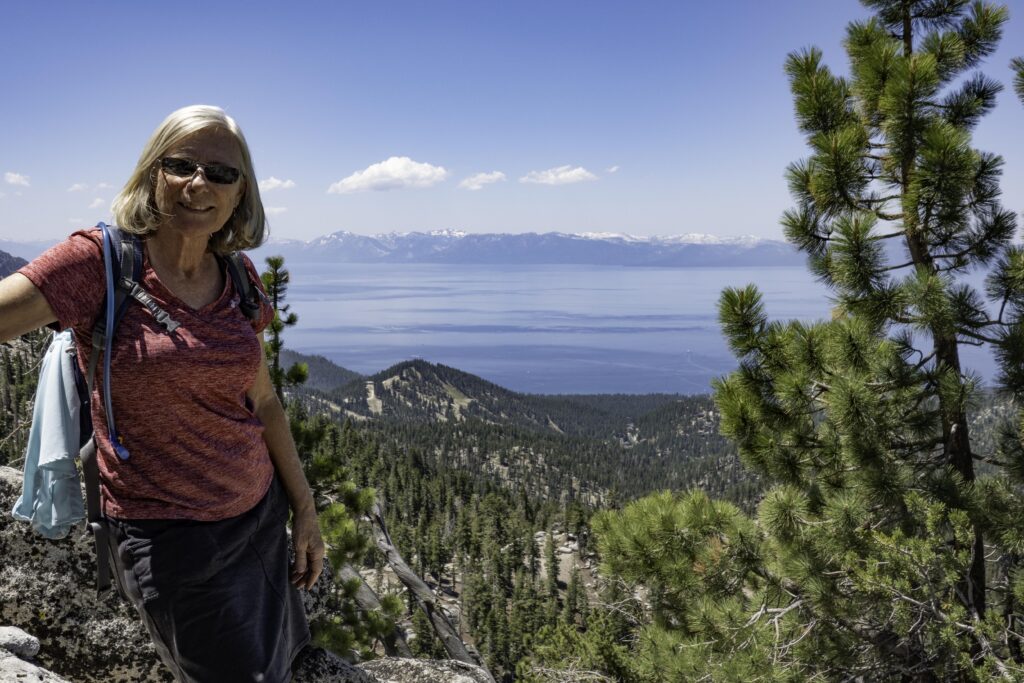
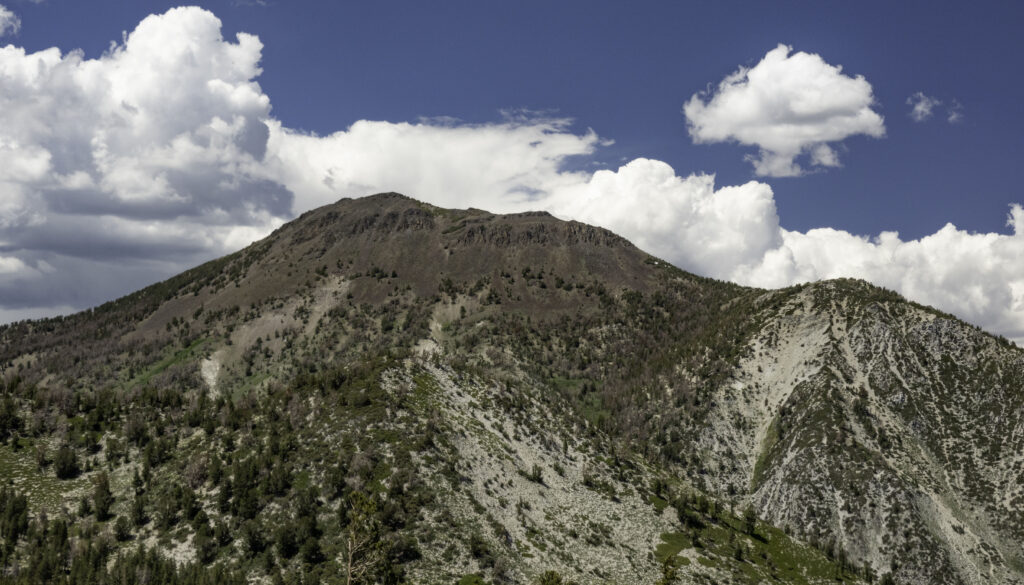
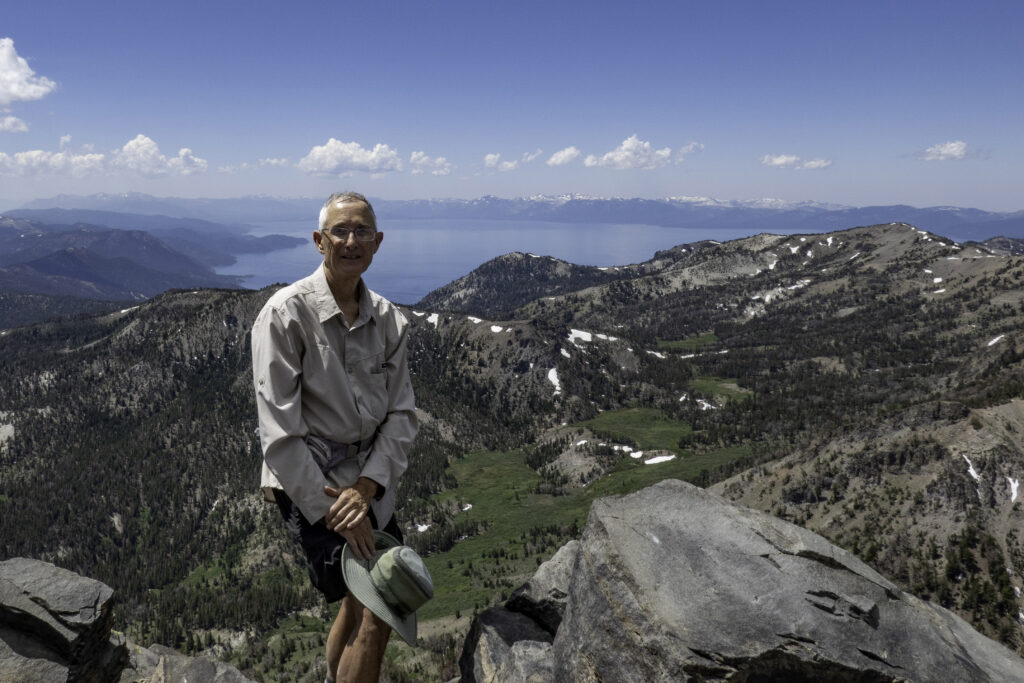
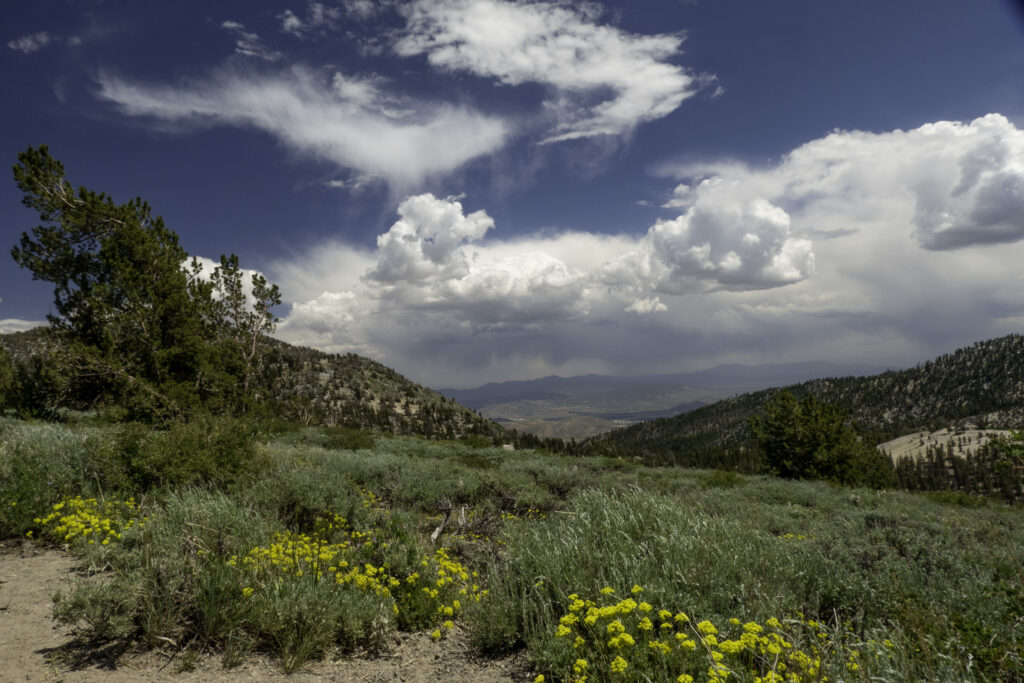
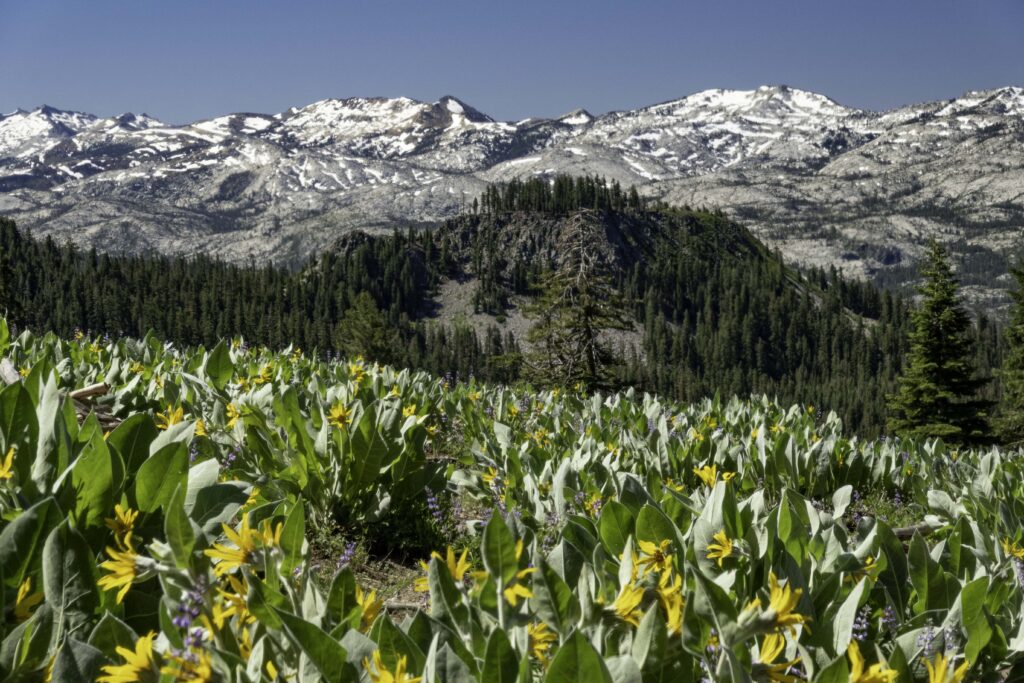
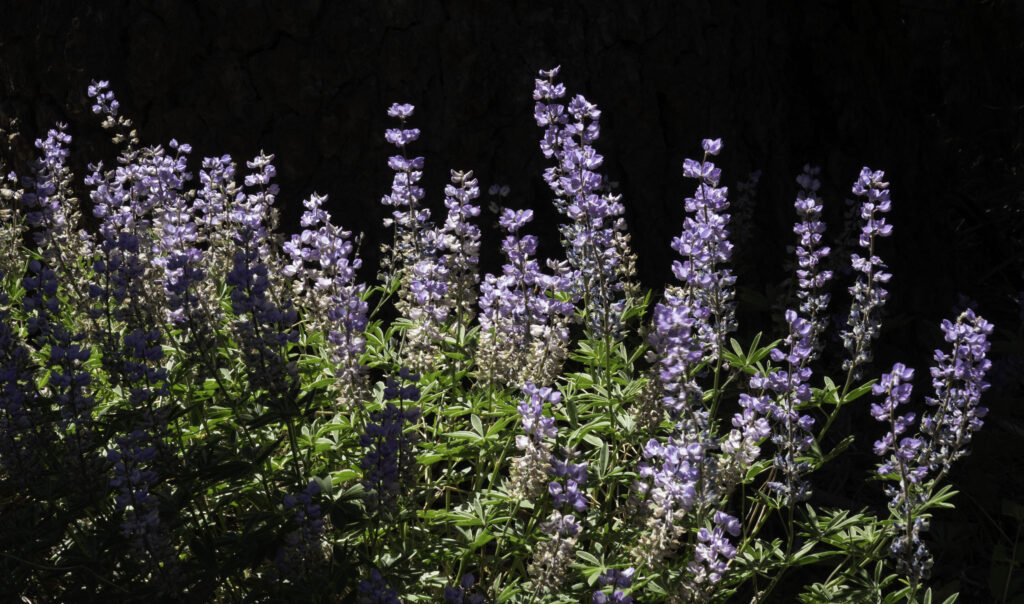
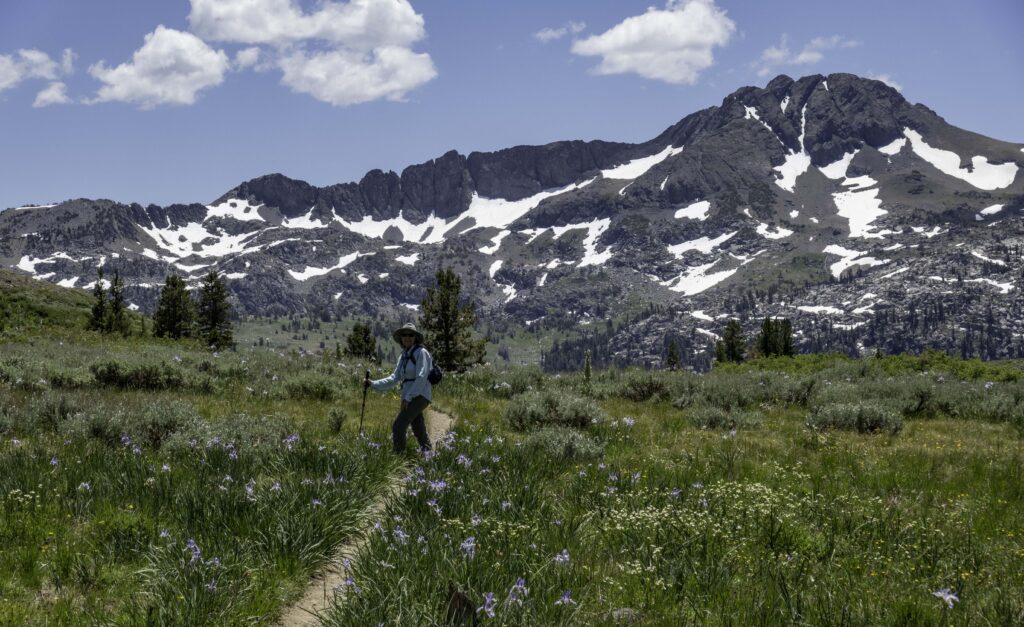
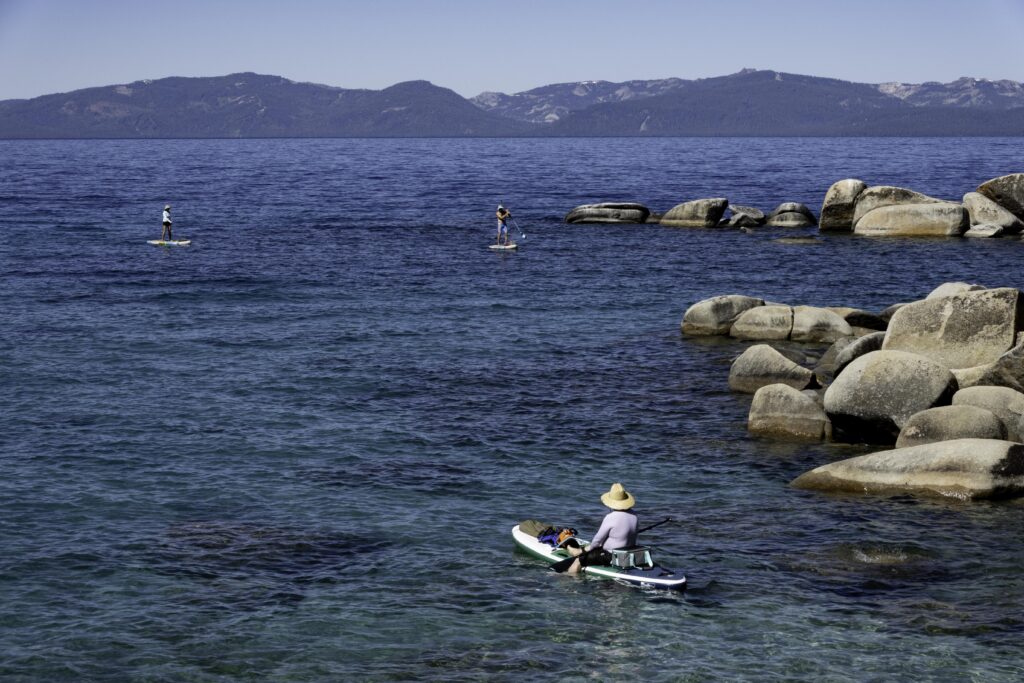

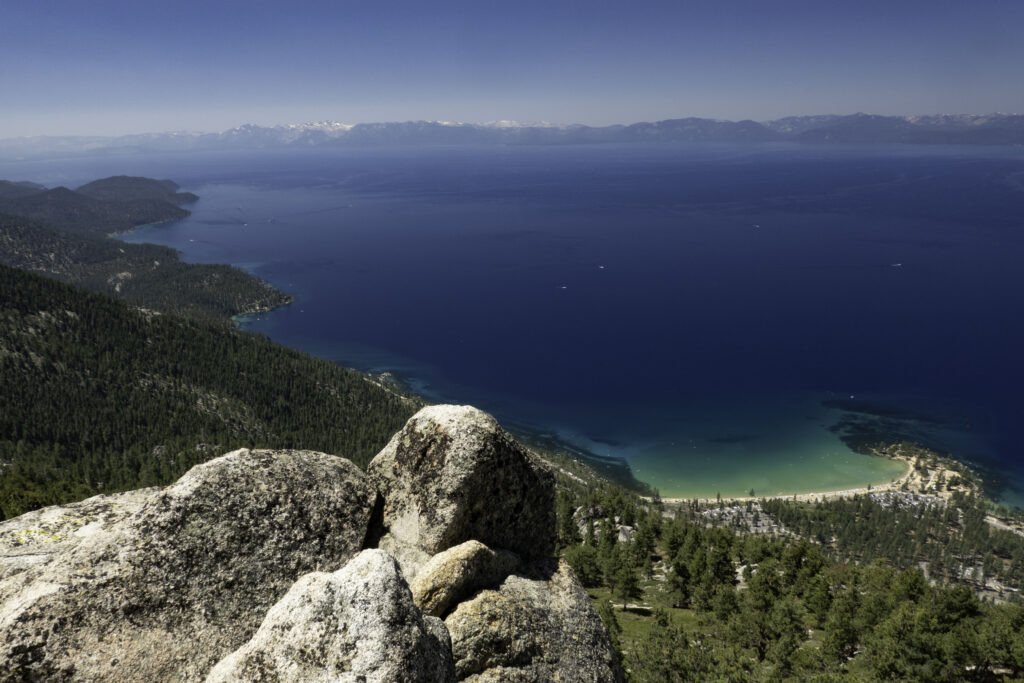
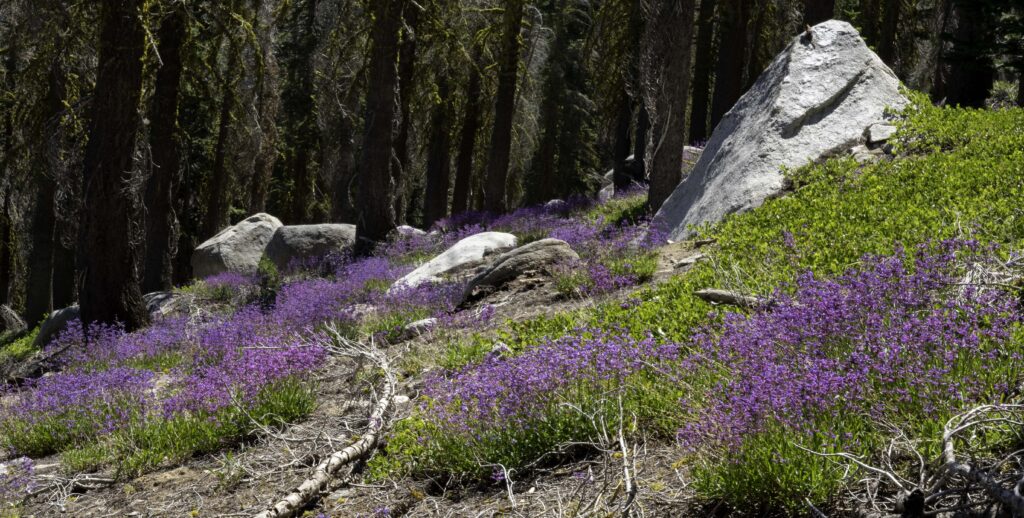
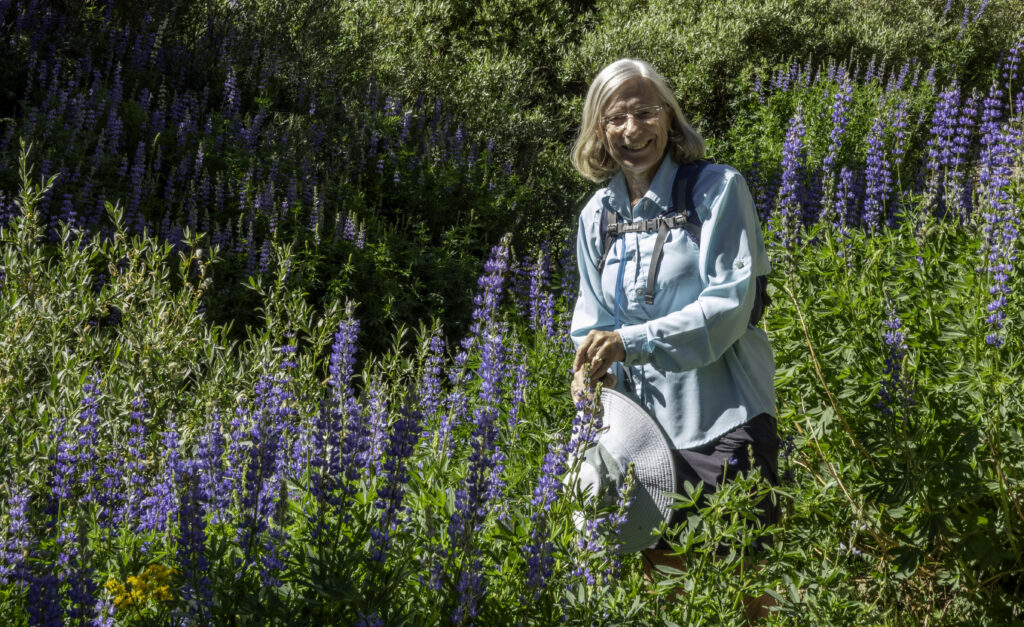
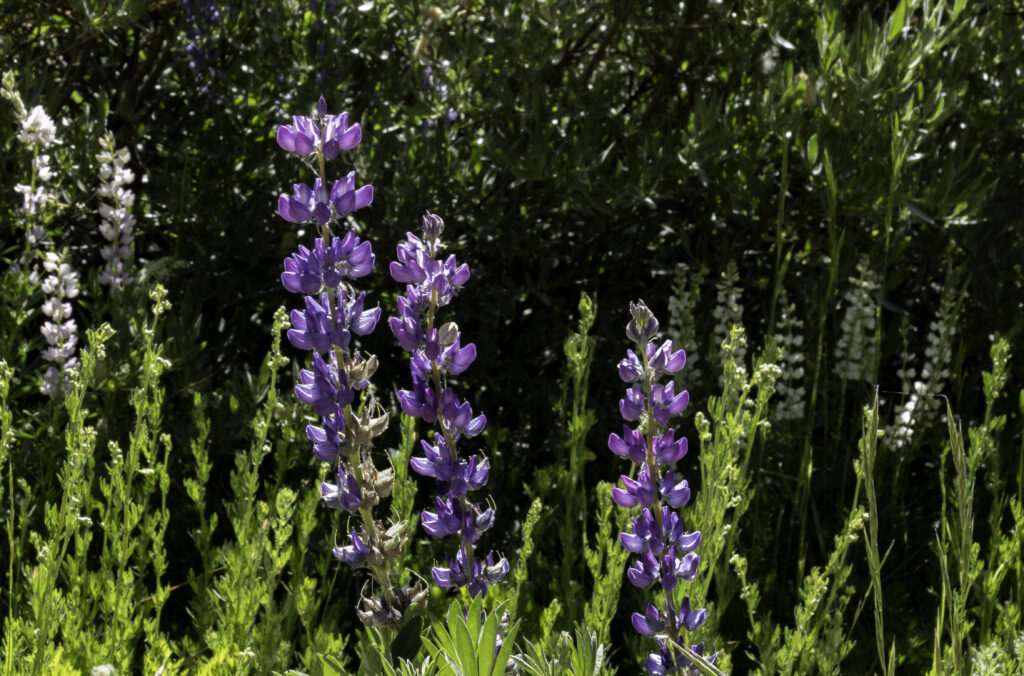
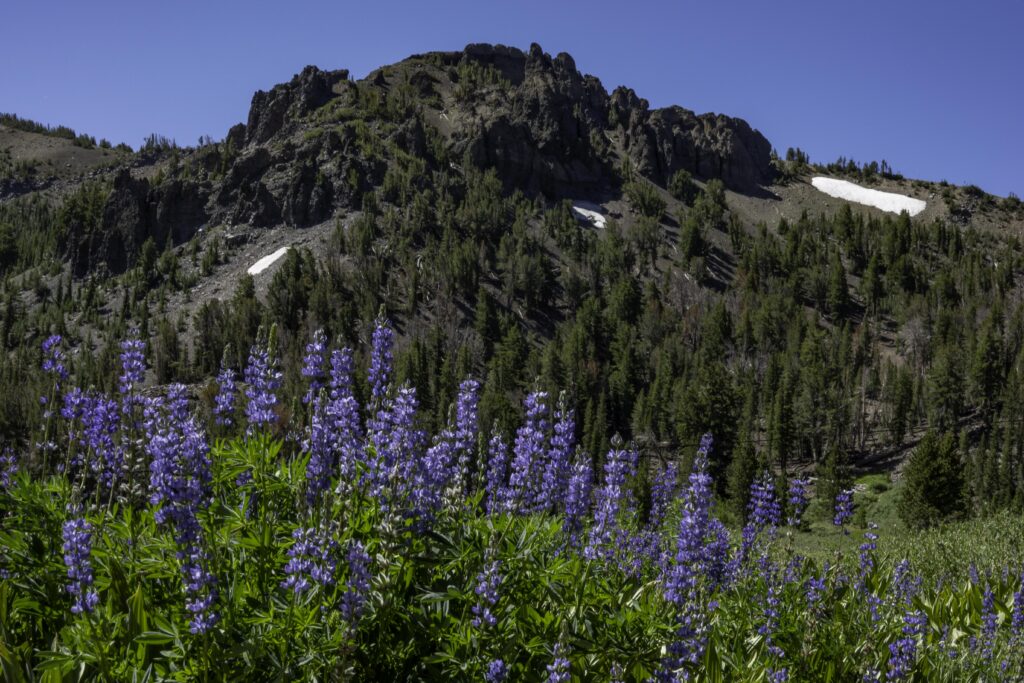
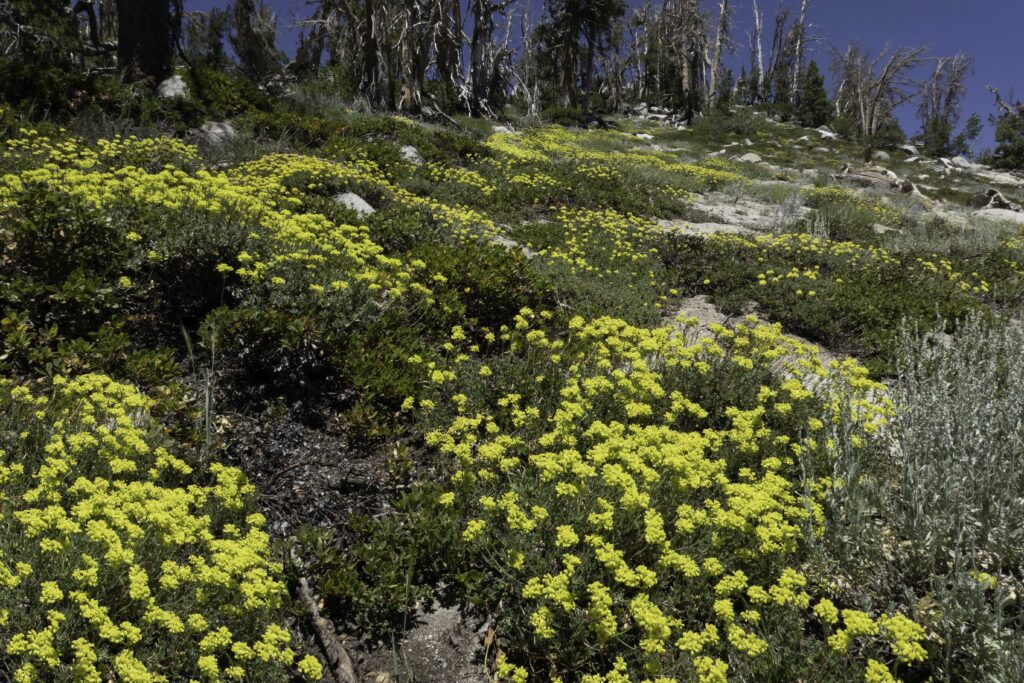

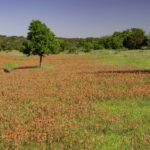

Thank you for sharing your Lake Tahoe journey. The photos are absolutely breathtaking, and your vivid descriptions made it easy to imagine being there alongside you. It’s a beautiful blend of storytelling and visual artistry.